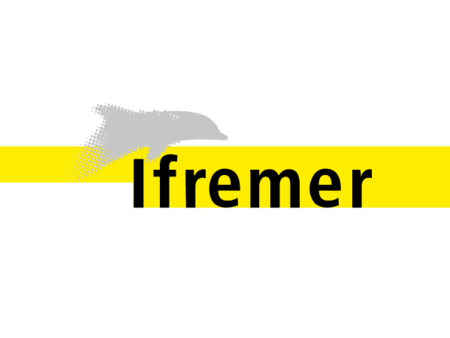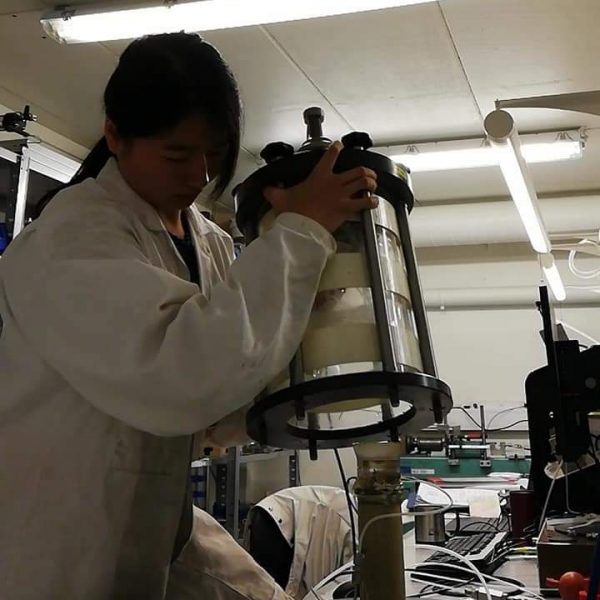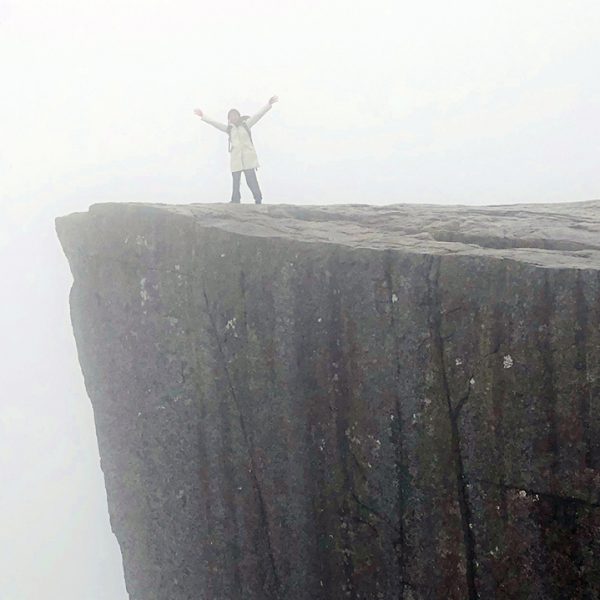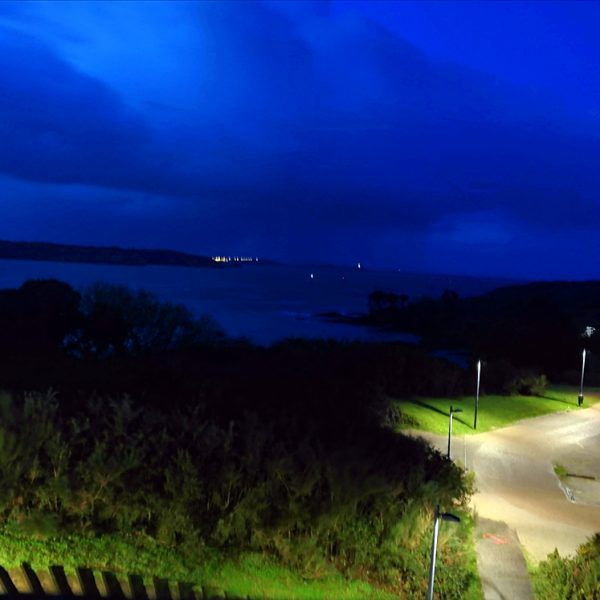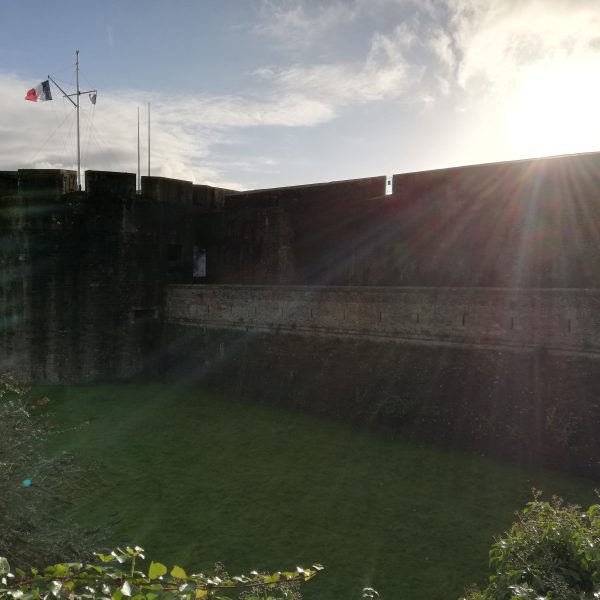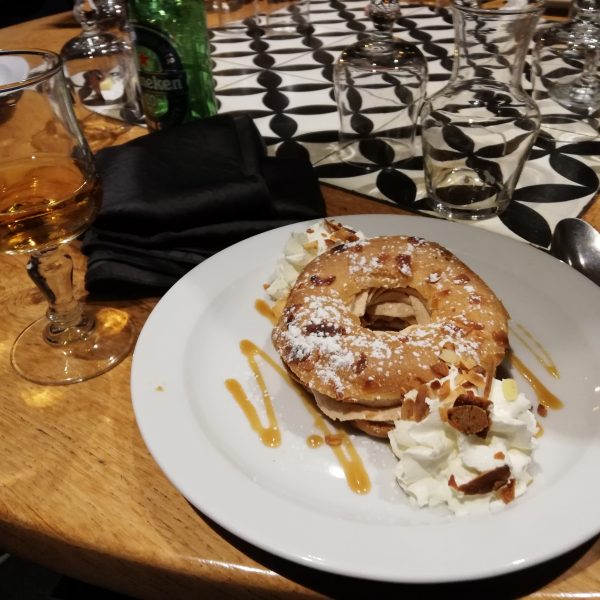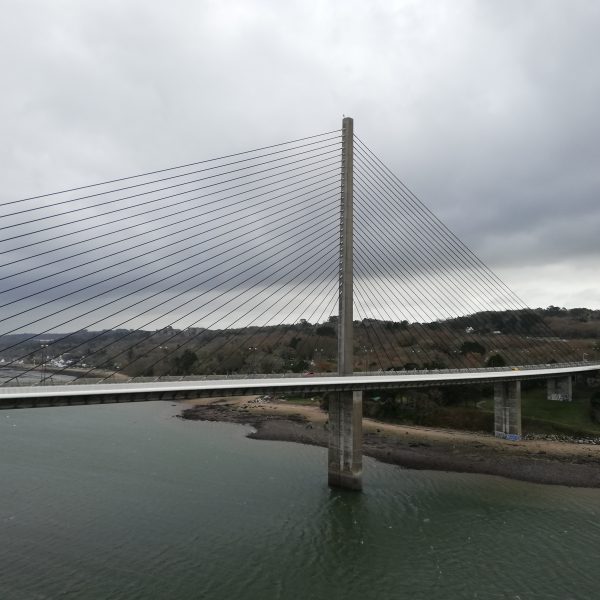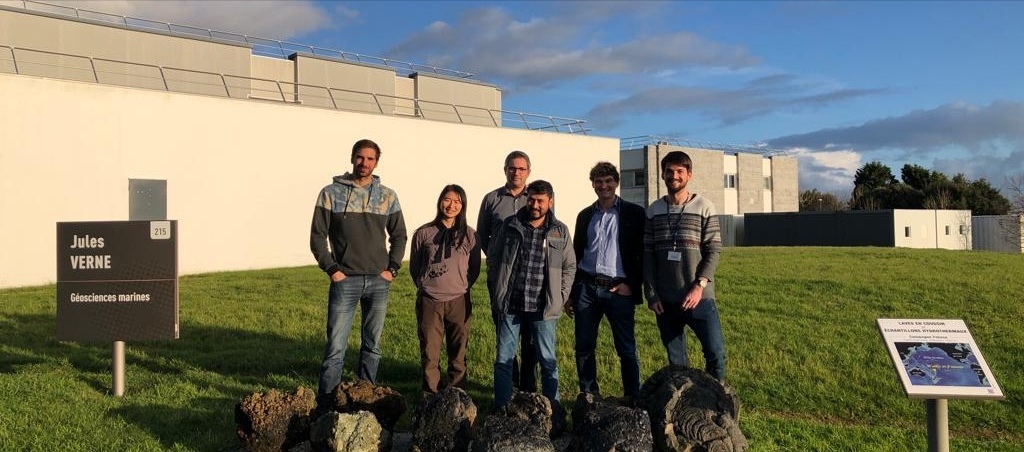
Ting-Wei's secondments @NGI and IFREMER (second term)
TING-WEI WU (ESR7) | @ NGI Oslo, Norway (August 2019); IFREMER BREST, FRANCE (November-December 2019)
In August 2019, I went back to NGI the second time to complete my triaxial test series on Ottawa Sand to study about seismic strengthening. I used a machine called the Advanced Dynamic Triaxial Testing System (DYNTTS) from the GDS company. The goal was to quantify the increase of undrained shear strength caused by reconsolidation after earthquake events without failure. First, I simulated small earthquakes by undrained cyclic loading. Then, I drained the excess pore pressure, and conducted monotonic loading tests to determine the undrained shear strength (also known as “static triaxial compression test”).
As I got more skilled and experienced, these tests went exceptionally well. I discovered that the change of undrained shear strength due to earthquakes’ impact is highly complex, and is probably affected by the non-homogeneity induced by seismic shaking on the sample. Besides completing my monotonic strengthening series, I even opened up another paper topic about cyclic strengthening – that is to say, to determine the decrease of re-liquefaction potential of a specimen that had been subjected to prior seismic shaking without failure. These tests were done by undrained cyclic loading (also known as “dynamic triaxial tests”).
Thanks to SLATE that provided me with the network, I could also link this study with a collaboration with IFREMER. I went back to IFREMER for the second time (November and December 2019) to compare my NGI cyclic shear strength measurements with further test series using a IFREMER machine. The machine at IFREMER is called the Enterprise Level Dynamic Triaxial Testing System (ELDYN) also from the GDS company. It is different from the machine in NGI in terms of the sample dimension, cell pressure controller, and the absence of adaptive stiffness estimate of the cyclic loading term. Repetition tests with these two machines turned out to be very difficult, despite the fact the I was the same operator and used the same sample preparation method. After a lot of efforts, I eventually conducted comparable results with two different machines with a new proposed calculation method of cyclic shear stress ratio (CSR). I also conducted additional grain size measurements and microscope imaging to investigate if the material’s frictional properties and shear strength may change a lot by grain abrasion.
Before the end of my IFREMER term, I finished writing my first paper about triaxial tests (Effect of Seismic Shaking on the Monotonic Shear Strength of Sand Without Prior Failure) to Soils Dynamics and Earthquake Engineering, and another paper about considerations of using triaxial tests to assess re-liquefaction potential of sand will come soon in the future.
My research on Ottawa Sand would not have been possible without the technical support and suggestions of improvement from many engineers, in particular from Yusuke Suzuki and Brian Carlton at NGI, and Nabil Sultan and Sebastien Garziglia at IFREMER. I also thank Carl Harbitz and Antonio Cattaneo for organizing my stays at these institutes.
For me, the secondments were absolutely very enjoyable in both places. I not only learned many technics but also received welcoming support from many people (both physically and mentally). Finally, it was a surprise that many SLATE students were at IFREMER at the same period! Thanks to Shray, Tugdual and Maarten, I had the chance to drink from a porró (Spanish glass wine pitcher) but poured some Sangria into my nose! It was a failure, but smelled good. Likewise, I met many troubles during my experiments and had to change my plans because of technical difficulties. But I believe that all these hard works will eventually pay off in the future. Thank you all for being there for me on my way of transformation from a geophysicist into a geotechnical engineer!
Locations
- Norwegian Geotechnical Institute, Oslo, Norway
- Ifremer , Center of Brest/Plouzané, France
Contributors
SLATE coordinators:
- Carl Harbitz
- Antonio Cattaneo
Co-supervisors:
- Yusuke Suzuki
- Brian Carlton
- Nabil Sultan
- Sebastien Garziglia


